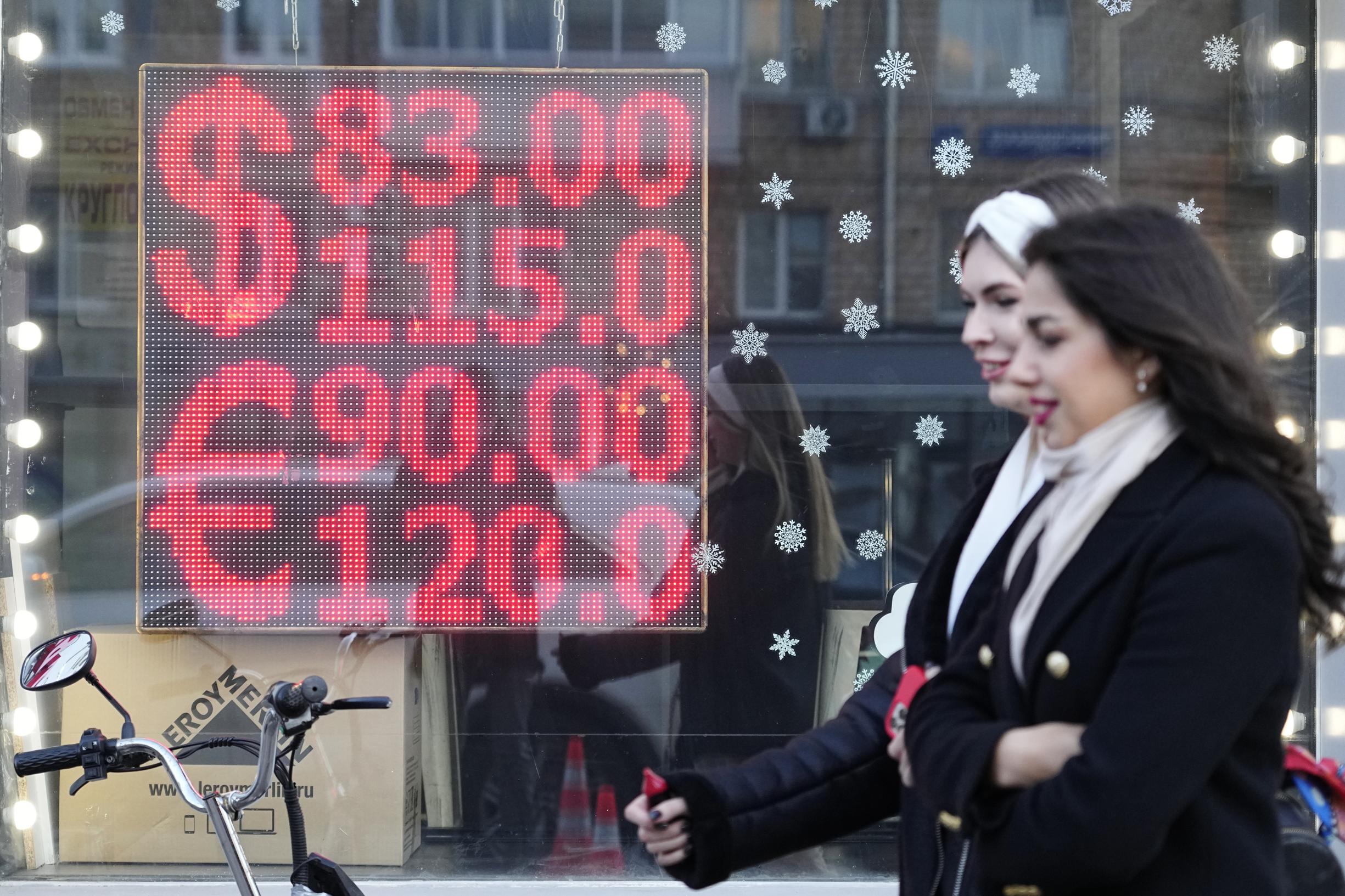Scholarship
The Moscow stock exchange reopened today after its longest-ever shutdown. The index immediately skyrocketed, but trading is highly restricted and shielded.
–
Yesterday at 11:56
–
–
‘A Potemkin Market’, or a puppet show. so calls Daleep Singh, security adviser to the US government, the restart of the stock exchange in Moscow. As of today, stock trading has resumed after the main Russian stock market index was shut down a month ago, just hours after Russia’s invasion of Ukraine. But the trade is curbed and shielded from foreigners.
When it reopened this morning, the leading MOEX index shot up more than 12 percent in the first hours, with Russian oil and gas giants Rosneft (+17 percent), Lukoil (+13 percent) and Gazprom (+15 percent) in particular. , recorded significant gains. The shares of the national airline Aeroflot, which can barely operate international flights for the time being (DS March 8), then plummeted by 18 percent before recovering. State bank VTB also suffered and has already lost about 5 percent.
Don’t speculate
Stock exchange trading in Moscow has been severely restricted. The trading floor is only open for four hours and only 33 of the 50 stocks listed on the index are allowed to trade. Shorting, or speculating on price declines, is prohibited, and foreign investors are barred from trading for fear of massive dumping of Russian stocks. In addition, Russia previously said it would use up to $10 billion in sovereign wealth to artificially back the stock if necessary.
Moscow has introduced the restrictions to protect Russian investors and companies. On February 24, after Russian soldiers entered Ukraine, the Moscow stock market crashed by about 45 percent – according to Bloomberg the fifth largest plunge in stock market history. Since then, Western sanctions against Russian companies have only expanded.
Has bottom been reached?
The reopening of the Russian stock market comes after the longest closure ever. The Kremlin hopes that the bottom has been reached and that domestic investors will support the stock exchanges. Today’s price appreciation could be a first step towards normalization. But analysts are divided in their predictions. “I don’t see a very convincing bottom at the moment,” Per Hammarlund, who specializes in emerging markets at Swedish bank SEB, told Bloomberg† “Today’s surge is most likely driven by the authorities’ buying of stocks, and the restrictions aren’t going to be lifted anytime soon. This is going to be one of the ways the Kremlin is trying to punish Western companies. It will be a long time before they can release those positions.’
US security adviser Singh also believes the Russian stock market is “not a real market and not a sustainable model,” he said in a statement. “It underscores Russia’s isolation within the global financial system.”
–


